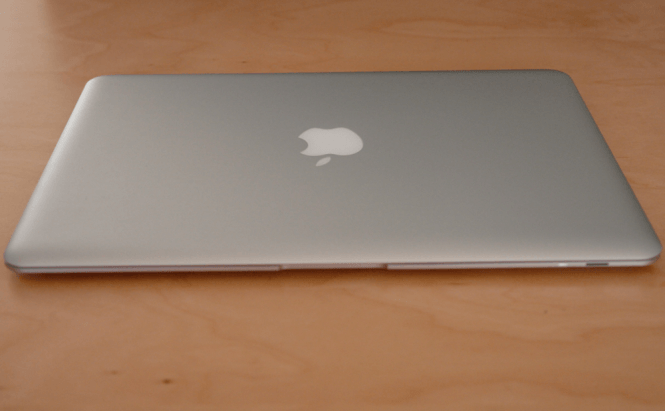 Hiding and viewing hidden files on Mac OS X isn’t as easy as doing it on other operating systems. That’s because there is no graphical command and most people don’t really want to dabble with the Terminal. However, if your need for privacy is bigger than your fear of command-line interfaces, here’s what you need to know in order to hide and view hidden files.
Hiding and viewing hidden files on Mac OS X isn’t as easy as doing it on other operating systems. That’s because there is no graphical command and most people don’t really want to dabble with the Terminal. However, if your need for privacy is bigger than your fear of command-line interfaces, here’s what you need to know in order to hide and view hidden files.
For larger applicability, I will show you how to hide (and view) entire folders, but every command will work exactly the same if you were trying to conceal just a single file. We will be using the terminal a lot for this exercise, and the quickest way to launch it is to press the Command and Space keys (simultaneously), then type Terminal and press Enter.
Hiding Folders
Once you get the hang of it, you will see that hiding folders isn’t actually all that difficult. The first thing that you need to do is open up the Terminal and type in chflags hidden (type a space after the command as well). Now simply drag and drop the folder you wish to hide into the Terminal window — this will add the full path after your command — press Enter and the folder will no longer be visible in the Finder window. Alternatively, you can manually type in the full path to the folder instead of dragging and dropping it, but that will take longer.
